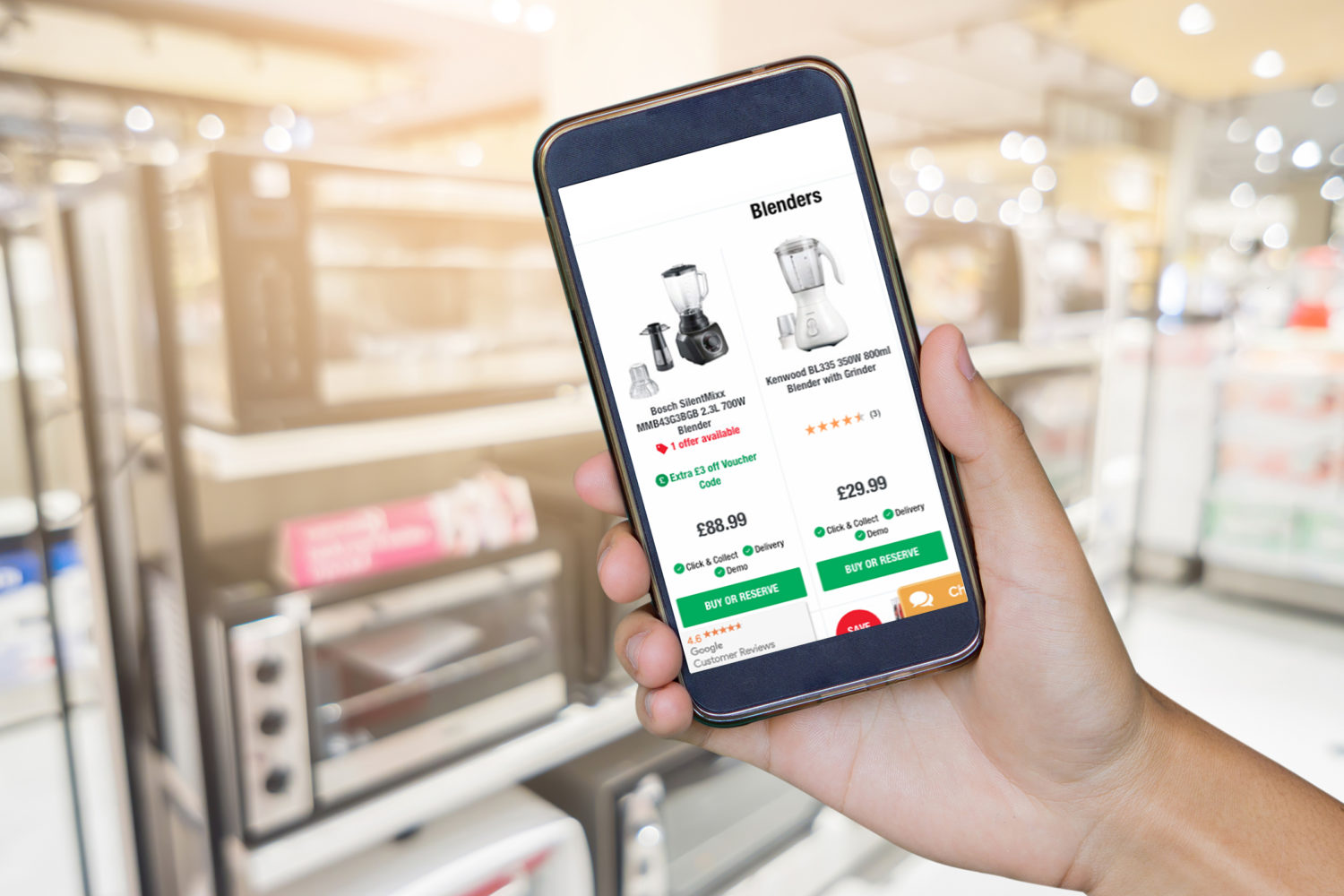Clicks and mortar: An omnichannel future
![]() By Paul Hide, CEO, AMDEA
By Paul Hide, CEO, AMDEA
At the recent Retra Conference there was much discussion on the challenges of online versus instore retailing. It was clear that this topic remains a key challenge for electrical retailers with a history in pure bricks and mortar retailing, but with a realisation that they will need to embrace and optimise all routes to serve their customers and to remain accessible and relevant in the years ahead.
Sometimes the debate relating to retail vs ‘e-tail’ approaches the challenge as an either/or option; in reality, that is rarely the decision that has to be made. We’re now in an era of the omnichannel approach. Customers seek information from a variety of sources, usually starting their voyage of discovery online, but often finalising their purchase decision in a retail environment, especially when purchasing products of higher value and/or with a design element that requires an ‘in the flesh’ view.
Large appliances lend themselves particularly well to this omnichannel approach and it is still incredibly rare for a homeowner to purchase a new kitchen, complete with appliances, cabinets and accessories without a showroom visit. The retail share of this market has recovered post-COVID (as reported by GfK) which, understandably, boosted online-only sales.
So, accepting that the main challenge for electrical retailers relating to online is how this is integrated effectively into your overall customer proposition, what are the routes to effectively address this challenge?
Your extended showroom
My recommendation is to look at your online presence as an extension of your retail showroom. This is your virtual shop window into the products, services and support you offer your customers. Use your website to introduce your business, describe the products and services you offer, tell stories and use customer reviews and testimonials to build independent endorsement for your business.
Customers will also look for you through social media; don’t fall into the trap of thinking only younger customers use social media.
 You should offer the option for direct purchasers online, even though you’ll want to try and steer them in store. Bear in mind that unless you want to sell at very low or even zero margins, you’ll probably never profitably secure the customer that knows exactly what they want and is just looking for the lowest price. Therefore, make sure you promote your added value services for every sale, be that local delivery, installation, back up support and service.
You should offer the option for direct purchasers online, even though you’ll want to try and steer them in store. Bear in mind that unless you want to sell at very low or even zero margins, you’ll probably never profitably secure the customer that knows exactly what they want and is just looking for the lowest price. Therefore, make sure you promote your added value services for every sale, be that local delivery, installation, back up support and service.
Your website personality
There are lots of differing views on recommendations for website style and navigation routes for users. I don’t think there is a specific right or wrong approach. All I would say, is ensure the personality of your website matches your retail proposition and ensure that it’s easy for customers to find what they need.
Ask friends to try your site and provide feedback on how they find the experience; it’s good to take a step back and view the experience from a different perspective.
Don’t be reluctant to bring experts on board to help you build your website, set up your social media platforms, produce the content and optimise your digital assets. Think of these costs as investments that will help you grow turnover and margin. Effective digital marketing is a skill, and if you don’t have that expertise in your team, bring it in as required.
One of the great opportunities with digital marketing is that you can make changes very fast and, once your platforms are set up, at very low cost. Unlike a retail environment, messaging and content can be produced in minutes and posted in seconds. This constant refresh and provision of new and timely information ensures your site is fresh and up to date. Arguably, this is the most important consideration for online marketing, so make this process part of your or your team’s daily routine.
I’ve observed many initially reluctant retailers really embrace digital marketing once they start on this pathway, realising it is not as daunting as it initially may seem and business benefits are very quickly realised. It’s not the death of retail, it’s part of its rejuvenation. Embrace the future!


